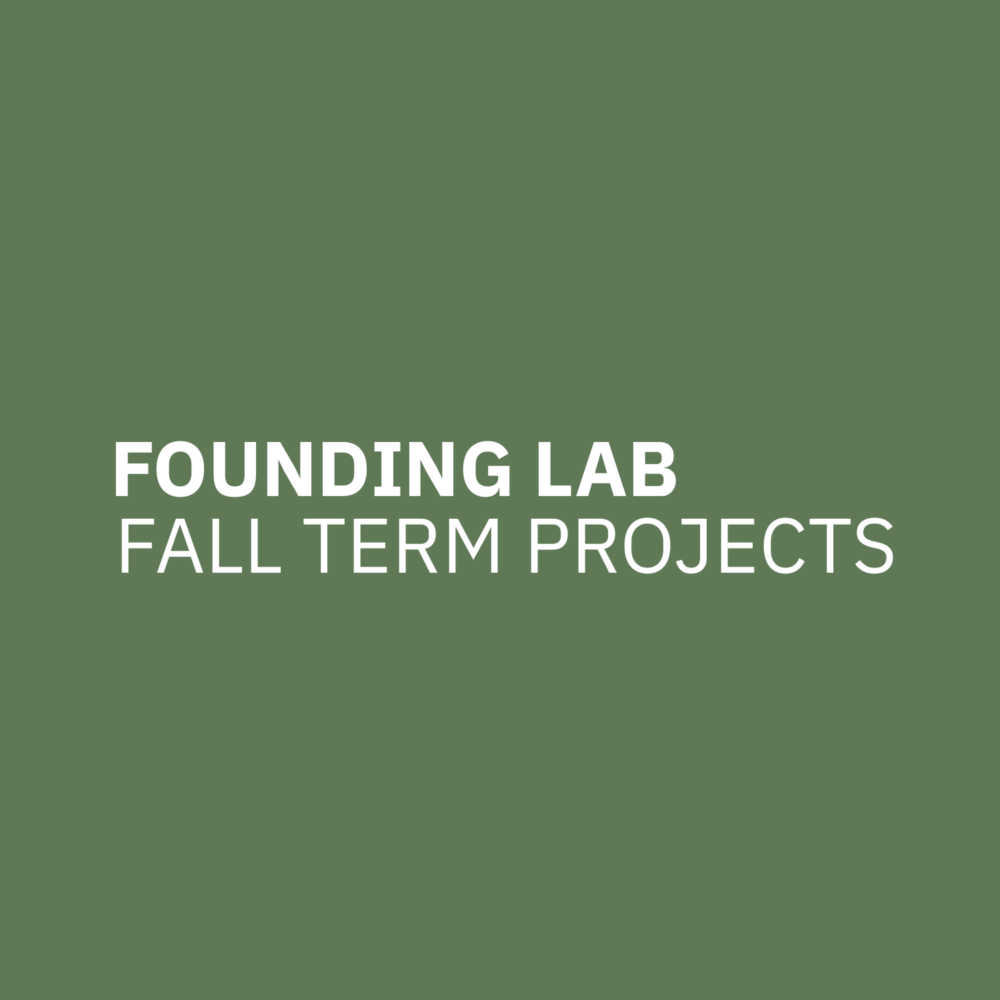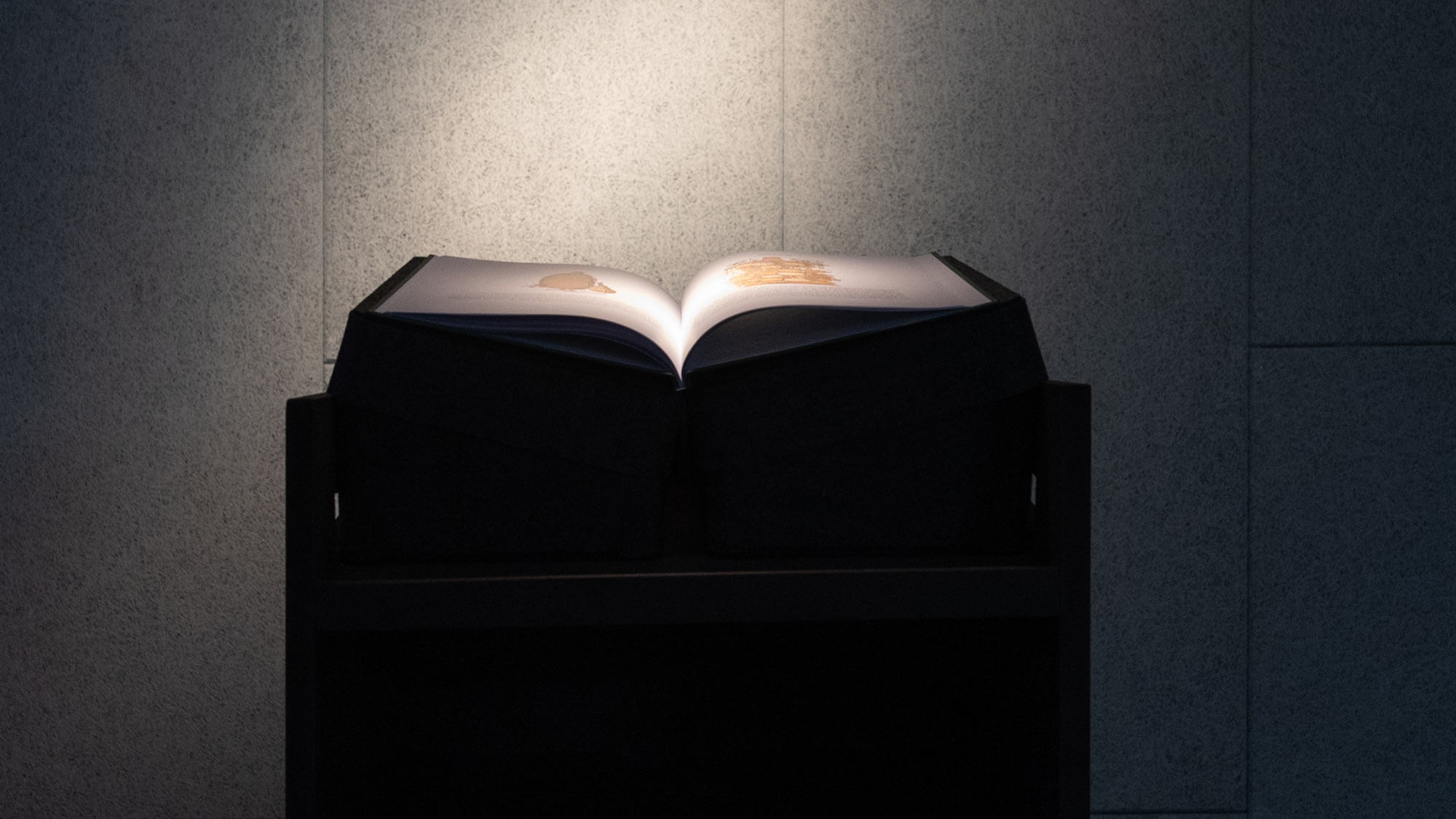

Mechanical Learning and the Book of Nature
by
Nathan Cornish
Concept
‘Mechanical Learning and the Book of Nature’ is a critical art piece that suggests an alternative history of AI through comparison with renaissance herbal literature. This project draws connections between the generation of nonsense from the uncritical plagiarism integral to both knowledge systems. In this context, the results of system combination highlight the way knowledge technologies reproduce the sources they draw from and undermine the idea of AI as a new and futuristic system. The idea of a General AI that can, by containing a full picture of available information, come up with new ideas greater than the sum of their parts fits nicely with the idea of a book of nature that could contain all of created knowledge.
Combining AI image generation with texts and images from John Gerard’s ‘Great Herbal of 1597 and Thomas Johnson’s edited edition of 1633, a book was created to root AI knowledge systems in the aesthetic landscape of Renaissance herbalism. The book is 54 pages long and includes a frontispiece, introductory comment, and 50 plant pages, each of which combines an AI generated image with Gerard’s original text. As the texts introduce real observations of the plants alongside strange tales and dubious medical advice, the images introduce modern details and colours mixed in with the original inaccurate illustrations and generative ai’s characteristically vague imitations. Generating nonsense from both sides creates a work which looks beautiful and academic but the closer one looks, the more obviously tangled it becomes.
The novel aspect of this project is the facilitated interaction between future and past knowledge technologies which challenge the prevailing narrative that Artificial Intelligence is a technology at the forefront of a scientific progress story. Instead, looking critically at the ways AI is created, used, and promoted we see that mechanical knowledge and the dream of a total system is a much older phenomenon. I hope to provoke a reassessment of AI as a knowledge system through a tangible experience of shared hubris, aesthetic power, and plagiarism.
In this process I asked questions around the role of historical analysis and comparison in contextualising contemporary issues and speculative futures. Does AI really represent a new knowledge system? Which ideas about the past are undermined by analysis of contemporary technology? How can parallel studies of the history and future of science inform both the study of plant history and our understanding of Artificial Intelligence. This opens up possibilities of further study exploring the mechanisms by which we have encoded interaction with plants into knowledge technology as well as exploration of a wider history of mechanical learning. Plant herbals are one of many comparisons that could have been made and this project also shows the value of creative approaches along the intersections between individual interests and interdisciplinary community.
Process Reflection
In the process of creating ‘Mechanical Learning and the Book of Nature’ I explored a new way of doing history in critical artistic dialogue with technological pasts and futures. My key interest is the way knowledge systems have encoded interactions with nature and manipulated them through copying, collecting, and reproducing information. Artistic approaches allowed me to take this central interest and combine one of my areas of historical expertise with critical AI studies, an area completely new to me, in a way that simply and humorously expressed my ideas. I felt like this way of working with creative space and public installation allowed me to explore the subject clearly and to present something tangible which was of deep academic relevance and also accessible to the general observer.
Collaboration and interdisciplinarity were key to my project even though I did not have an official collaborator. My use of plant herbals came from several years of study with academics and archivists as part of previous research projects. These collaborations came with me into the process. While working on this project in Linz, two collaborations were vital. First, artistic community and advice helped me to brainstorm and create ways to present my ideas as an installation. As a historian, this was a completely new research presentation process to me, though it felt like a natural way to express my ideas. Secondly, working in an interdisciplinary space between critical AI and plant history required a long succession of tutorials and conversations about machine learning and artificial intelligence. It took a lot of different perspectives and explanations to give me the confidence that my intuition had connected my plant studies with critical AI in a meaningful way. This refining of ideas and exploration of presentation methods was the key process between my initial idea and the final output.
The installation itself looked very close to how I had sketched it out initially, with the hybrid plant pages highlighted by the aesthetics of renaissance herbal books and their memory. I found that designing and commissioning the book brought the processes of 16th century knowledge into connection with 21st century technology in a mutually informative study.
I did not select renaissance herbals because they were the perfect comparison to AI but rather because they were the links that were made through interaction between my academic background and the interdisciplinary community in Linz. As a model for the new university, this is exactly the kind of connectivity an interdisciplinary institution should promote. It is important to stress the importance and value of historical perspectives and methods of analysis as context, inspiration, and comparative studies in the study of digital transformation. A continuation of the project would involve the finetuning of a theoretical methodology for studying knowledge mechanics, writing up the herbal-ai comparison into a general-audience book.



